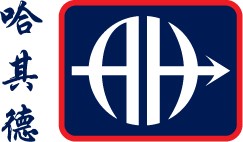Title Page
-
Warehouse Safety Inspection
-
Craft Contracting and Consulting LLC
-
Conducted on
-
Prepared by
Purpose
-
The purpose of this SOP is to guarantee warehouse safety. The measures are intended to protect employees and goods.
Daily Procedures
-
Make sure there are no slipping or trip hazards in critical areas. They can cause serious injuries and damaged goods. Are there any slipping or trip hazards?
-
Damaged shelves can lead to goods falling down. Is there any visible damage to the shelves?
-
Are all goods stored adequately and secured? Are there any goods hanging over the shelves?
-
Are the shelves overloaded?
-
Are the storge areas crowded?
-
Are the machines (forklifts etc.) maintained and working correctly?
-
Clean area is a safe area. Is all the saw dust cleaned up, scrap wood, garbage, bathrooms clean, etc?
-
Is there easy access to important equipment (fire extinguishers, emergency exits, etc.)?
-
Are employees wearing safety vests, hard hats, safety glasses, and proper safety attire?
-
Is all of the equipment, tools, extension cords working properly without any damage?
-
Are the cameras working properly?
-
Are the tools, nails and material being checked out and documented?
-
Are all doors and windows closed and locked?
-
Is everything turned off and unplugged?
Weekly Procedures
-
Are the licenses of employees still valid?
-
Are the fire extinguishers checked and valid?
-
Are there enough safety vests?
-
Is there enough space to work between the stages?
-
Are the shelves properly secured on the floor?
-
Are there enough tools to support hand carriage?
-
Are the warning signs visible and unobstructed?
-
Do all employees know the emergency procedure?
-
Was the safety meeting done this week?
-
Completion
-
Full Name and Signature of Employee












